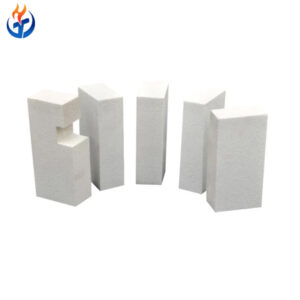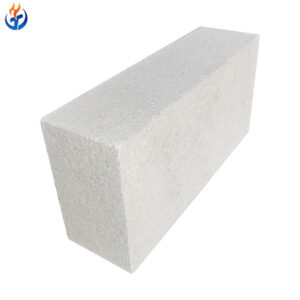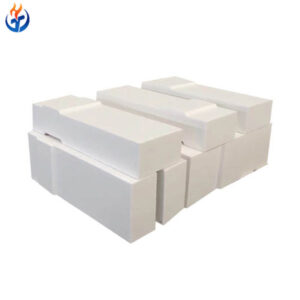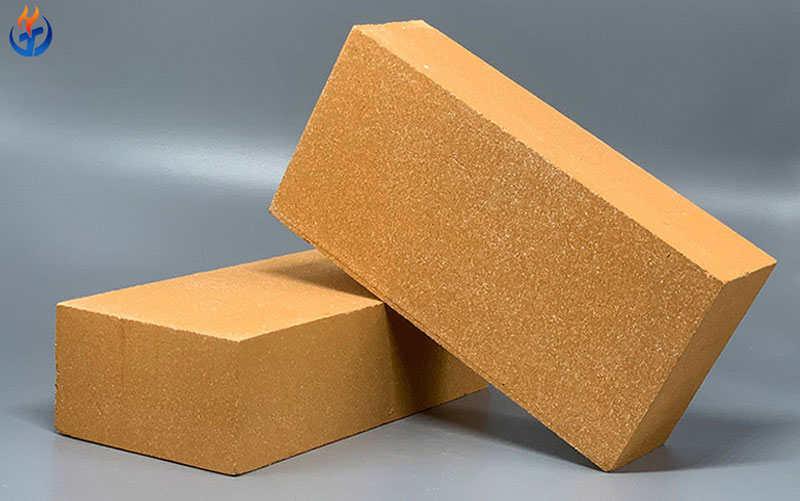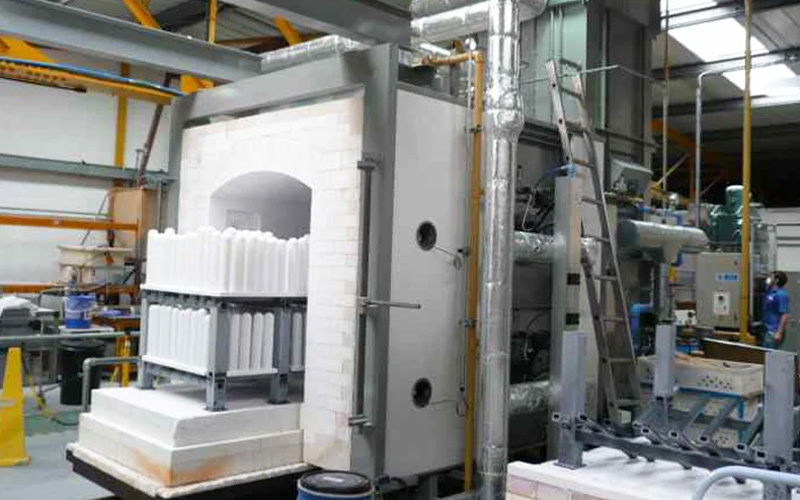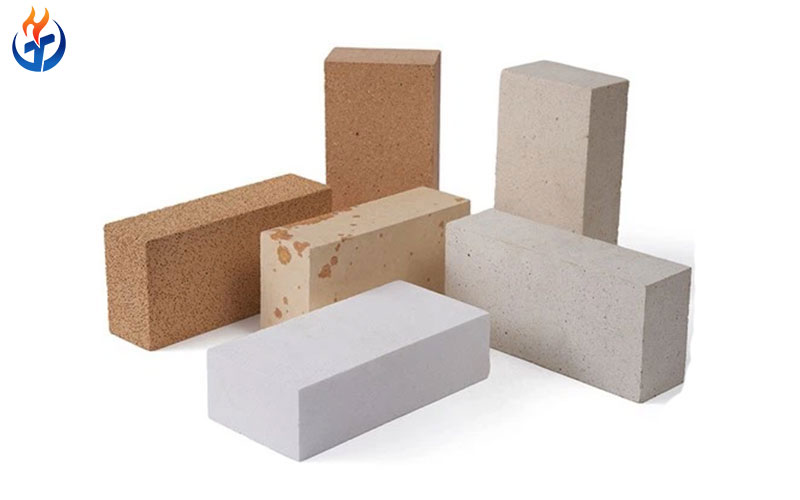Insulation bricks are a vital category of refractory materials widely used in various industrial applications where heat retention, energy efficiency, and thermal protection are essential. Understanding the uses of insulation bricks is crucial for industries such as steelmaking, cement production, glass manufacturing, and chemical processing. This article explores the primary insulation bricks uses, their advantages, and why they are indispensable in modern industrial operations.
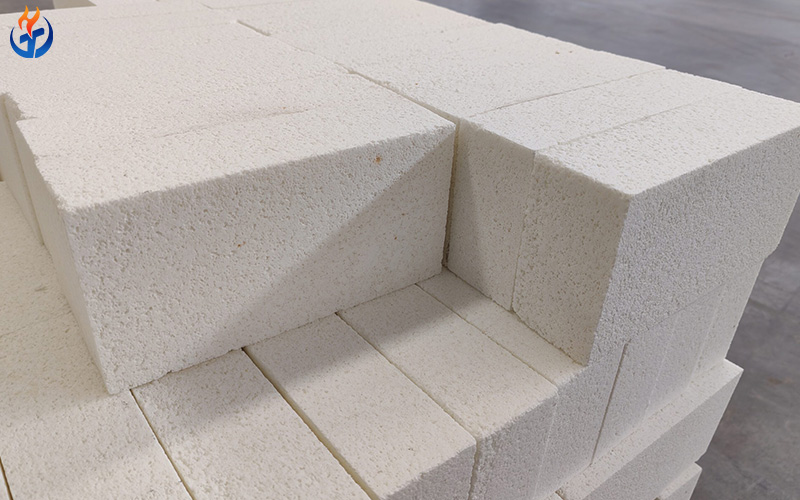
What Are Insulation Bricks?
Insulation bricks, also known as insulating firebricks (IFBs), are lightweight refractory bricks designed to reduce heat loss and improve energy efficiency in high-temperature applications. Unlike dense refractory bricks that focus primarily on structural strength, insulation bricks prioritize low thermal conductivity, allowing furnaces, kilns, and other high-temperature equipment to maintain heat while consuming less fuel.
These bricks are typically made from high-purity alumina, silica, or other ceramic materials. They may also contain additives like alumina bubbles or other lightweight aggregates to enhance insulation properties. Due to their porous structure, insulation bricks provide excellent thermal shock resistance and can withstand repeated heating and cooling cycles without significant cracking or degradation.
Uses of Insulation Bricks in Industrial Applications
The uses of insulation bricks are diverse and extend across several high-temperature industries. Below, we detail the key applications.
1. Steel Industry
In steelmaking, maintaining the right temperature is critical for melting, refining, and shaping metals. Insulation bricks uses in this industry include lining electric arc furnaces (EAFs), ladles, and tundishes.
Electric Arc Furnaces (EAFs): Insulating bricks reduce heat loss during steel melting, allowing furnaces to operate more efficiently. The thermal insulation minimizes energy consumption while protecting the steel shell from excessive heat.
Ladles: These bricks line ladles used to transport molten steel. Their lightweight structure ensures thermal retention, keeping the metal at a consistent temperature and preventing rapid cooling during transport.
Tundishes: Tundishes act as reservoirs between the furnace and continuous casting machines. Using insulation bricks here prevents heat loss, ensuring the molten steel maintains its temperature for precise casting.
By applying insulation bricks, steel manufacturers can achieve lower fuel costs, improved furnace lifespan, and more uniform steel quality.
2. Cement Industry
Cement production involves high-temperature processes like clinker firing, where maintaining consistent heat is critical. Insulation bricks uses in the cement industry include:
Rotary Kilns: Insulating firebricks line the interiors of rotary kilns to reduce heat loss, improve fuel efficiency, and maintain a consistent clinker quality.
Preheaters and Calciners: These bricks help insulate preheating and calcining sections, ensuring that raw materials reach the required temperature efficiently.
Storage and Transfer Systems: Insulation bricks also find application in cement storage silos and material transfer systems where heat retention is necessary to prevent moisture and chemical reactions.
The use of insulation bricks in cement plants not only improves energy efficiency but also extends the lifespan of kiln linings, reducing maintenance costs.
3. Glass Industry
The glass industry requires extremely high temperatures to melt raw materials. Insulation bricks uses in glass manufacturing are focused on reducing heat loss and protecting furnace structures:
Glass Melting Furnaces: Insulation bricks line the roof and walls of furnaces, helping retain heat for consistent glass melting.
Refining Sections: Maintaining precise temperatures is essential for refining molten glass. Insulating bricks help reduce temperature fluctuations, improving product quality.
Holding Tanks and Forehearths: These sections require thermal protection to keep molten glass at uniform temperatures before forming.
In addition to thermal efficiency, insulation bricks in the glass industry help protect the structural components of furnaces from rapid thermal shock, preventing cracking and minimizing downtime.
4. Non-Ferrous Metal Industry
Non-ferrous metals such as aluminum, copper, and zinc require high-temperature processing in furnaces. Insulation bricks uses in this sector include:
Melting Furnaces: Insulation bricks provide heat retention, reducing energy consumption and protecting furnace walls from thermal stress.
Holding Furnaces: These bricks help maintain metal at the right temperature before casting or further processing.
Casting Molds and Tundishes: Using insulation bricks ensures that molten non-ferrous metals retain their heat, improving flow properties and reducing defects in castings.
The lightweight nature of insulation bricks makes them ideal for applications where structural load needs to be minimized without compromising thermal performance.
5. Chemical Industry
Many chemical processes require high temperatures for reactions, distillation, or calcination. Insulation bricks uses in chemical plants include:
Reactors and Kilns: Insulating bricks maintain the necessary reaction temperatures while reducing heat loss, improving process efficiency.
Furnaces for Thermal Processing: Chemical industries often employ furnaces lined with insulation bricks to achieve controlled heating and cooling cycles.
Thermal Oxidizers: In processes where exhaust gases are treated at high temperatures, insulation bricks help maintain operational efficiency and reduce energy costs.
The thermal stability and chemical resistance of insulation bricks make them suitable for harsh industrial environments.
6. Power Generation Industry
In power plants, especially those using coal, biomass, or waste-to-energy, insulation bricks uses include:
Boilers and Furnaces: Insulating bricks reduce heat loss in boiler walls and furnace linings, improving overall plant efficiency.
Incinerators: Waste-to-energy plants utilize insulation bricks to maintain high combustion temperatures, ensuring complete burning of waste materials.
Heat Recovery Systems: By lining heat exchangers and flue systems, insulation bricks help capture and retain energy for power generation.
Efficient thermal insulation in power generation reduces fuel costs and minimizes emissions, contributing to more sustainable operations.
7. Refractory Industry Applications
Insulation bricks themselves are a part of the broader refractory industry, and their uses include acting as lightweight back-up linings behind dense refractory bricks. This reduces the overall heat load on structural walls while providing additional thermal protection.
Furnace Back-Up Linings: Insulation bricks placed behind heavy-duty bricks prevent heat from reaching the outer steel shell.
Thermal Shock Resistance: Their porous structure absorbs stress caused by rapid heating or cooling, reducing the risk of cracks in dense refractory linings.
Energy Efficiency Enhancements: Using insulation bricks in combination with other refractory materials optimizes energy consumption and improves furnace longevity.
-
Insulation Fire Bricks
Alumina Bubble Insulation Brick for Vacuum Furnaces
Read moreRated 0 out of 5 -
Insulation Fire Bricks
High Purity Alumina Bubble Insulation Brick for Industrial Furnaces
Read moreRated 0 out of 5
Key Advantages of Insulation Bricks
The widespread uses of insulation bricks are underpinned by several significant benefits:
Energy Efficiency: Low thermal conductivity minimizes heat loss, reducing fuel consumption and operating costs.
Lightweight Structure: Easier to install and handle compared to dense refractory bricks, reducing labor and structural load.
Thermal Shock Resistance: Porous structure allows them to withstand rapid temperature changes without cracking.
High Temperature Resistance: Can endure extreme temperatures while maintaining structural integrity.
Versatility: Suitable for a wide range of industrial applications including steel, cement, glass, and chemical production.
These advantages make insulation bricks a cost-effective and reliable solution for industries focused on high-temperature operations.
Considerations When Using Insulation Bricks
To maximize the benefits of insulation bricks, industries should consider the following:
Temperature Rating: Choose bricks that can withstand the operating temperatures of your specific process.
Mechanical Strength: Although lightweight, bricks should have sufficient strength to support furnace structure.
Thermal Conductivity: Lower conductivity ensures better insulation and energy savings.
Chemical Resistance: Bricks must resist corrosion from slags, gases, or chemical reactions specific to the industry.
By carefully selecting insulation bricks based on these parameters, industries can ensure optimal performance, reduced maintenance costs, and longer service life of equipment.
Conclusion
The uses of insulation bricks span multiple high-temperature industries, including steelmaking, cement production, glass manufacturing, non-ferrous metal processing, chemical plants, and power generation. From lining furnaces and kilns to maintaining molten metal or glass at precise temperatures, insulation bricks are indispensable for energy efficiency, heat retention, and structural protection.
Whether used as a primary lining or as a back-up for dense refractory bricks, the advantages of insulation bricks—such as lightweight construction, thermal shock resistance, and low heat loss—make them a critical component in modern industrial operations. By understanding the various insulation bricks uses, companies can optimize furnace performance, reduce energy consumption, and extend the lifespan of high-temperature equipment.
Insulation bricks are more than just refractory materials—they are an investment in efficiency, durability, and sustainable industrial operations.

